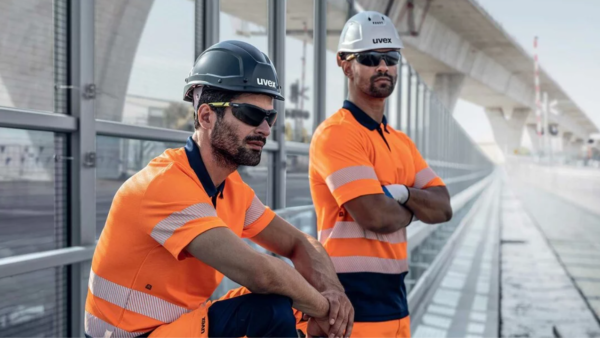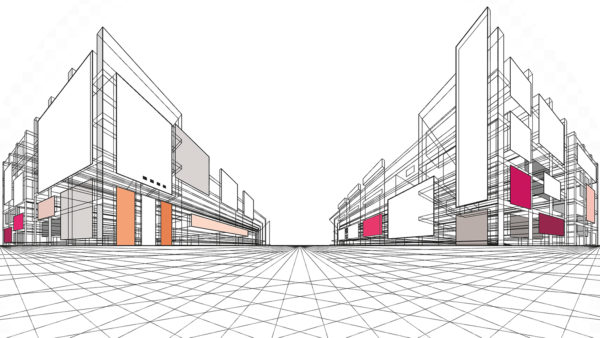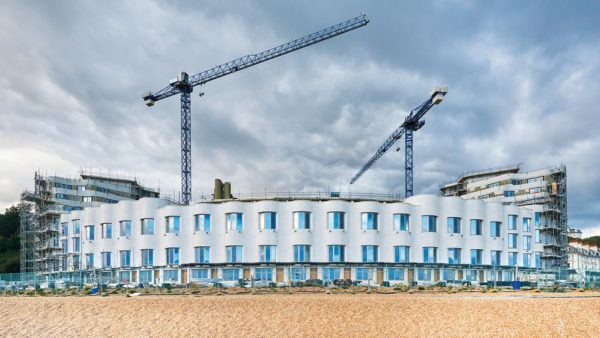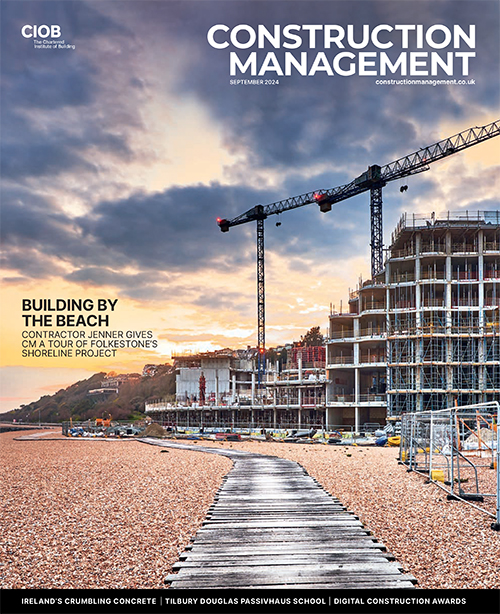
Deborah Graham-Wilson explains how contractors can procure cables while keeping their carbon footprints low.
With modern construction focused on sustainability and energy efficiency, electrical cables are as fundamental as bricks and mortar. It’s more than just bringing power into a building – it’s about creating smart, efficient buildings, increasingly powered by renewable energy and battery storage systems. The challenge is that there’s no common language for how we talk about sustainability – it can be different depending on where in the build process we are.
Considering embodied carbon
Global cable standards state that virgin materials must be used for cable manufacturing, so we are still reliant on mining for these scarce resources. We can’t pull out a cable that’s been under load for 20 years, recycle the materials and make new cables from it. So we’re faced with the extraction and processing, followed by the cable manufacturing, combining to create the bulk of the embodied carbon.
What it does mean is that sustainable procurement and operations are influenced by a combination of smaller variables, with the consultants and contractors in the driving seat.
Specification
Sustainability is now a key driver in design and procurement, so having to return to site for unplanned maintenance, or to replace a cable that prematurely fails, increases the carbon footprint as well as financial and labour costs. It’s about selecting cable infrastructure that will last the course.
If you balance the performance demands, the installation design and environmental challenges, plus it meets the standards and regulatory compliance – and that should be verified through laboratory or quality assurance testing – the result is efficient operations, with less strain on the system, pulling less energy from the grid. Longevity follows as a result.
Safety is another consideration. The Health & Safety Executive (HSE) suggested back in 2015 that around 5% of cables in the marketplace were sub-standard or non-compliant. It’s still an issue and complacency risks operations. Even now, there are still incidents making the headlines on large-scale, high-profile power projects.
Supply chain
Your supply chain is reflected in your SECR (Streamlined Energy and Carbon Reporting) Scope 3 emissions reporting. So, on top of needing to assure quality and compliance, they should be taking steps to reduce their carbon emissions and aiming for net zero.
International standards and frameworks are a helpful pointer – ISO 14001 Environmental Management is one many people hold, but others are ISO 50001 Energy Management, ISO 14064-1 Carbon Footprint Verification. You could also ask if they have signed up to the Science Based Targets initiative, the UN Global Compact Sustainable Development Goals and whether they are rated on platforms like EcoVadis.
Other sustainability wins include a delivery fleet that uses EVs or HGVs run on HVO not diesel. ‘Cut-to-length’ cables save time on onsite installation – less plant equipment and fewer manhours is another sustainability goal. You also want the post-supply service to be proactive, offering cable drum collections and ensuring packaging is recycled and recyclable, plus cable recycling services for your waste and legacy cables.
Deborah Graham-Wilson is head of ESG at Eland Cables.










